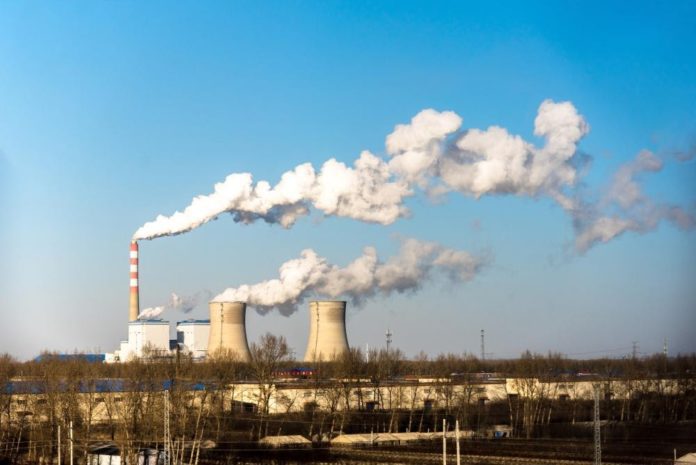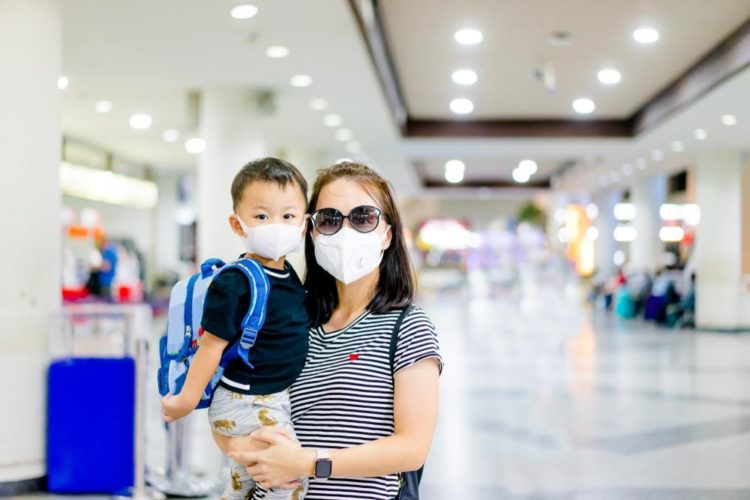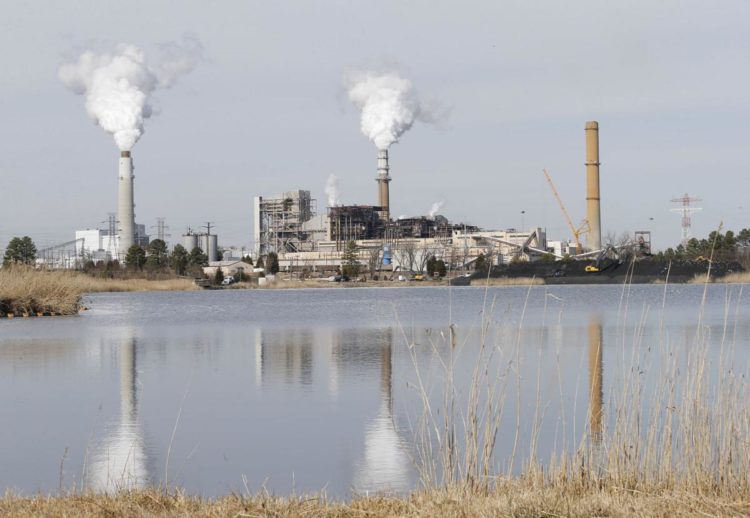
The constantly high incidence of global carbon emissions has dropped dramatically all over the world since the coronavirus 2019 – now commonly called COVID-19 – emerged in China late last year. While these emissions are clearly due to a change in human behavior, this change isn’t contrived. Rather, it is due to a sharp drop in the use of fossil fuels (coal, oil, and gas) as the virus brings entire countries to their knees, as well as the fact that fewer vehicles are on the world’s roads and fewer planes in the air.
In China alone, it was reported that coal consumption had dropped by between 18% and 25% by the middle of March. This is equated with a mammoth 250-million metric tons of pollution from carbon alone! But the nation was in lockdown and so were its factories. It was impossible to generate these volumes of greenhouse gases.
And it’s not just in China.
Air quality and visibility worldwide has improved. The smog in many cities seems to have lifted. Pictures published in newspapers, online, and on social media show how the water in the canals in Venice have cleared because there are no boats or other vessels stirring up sediment. They also show how clearly one can now see the snow-covered Himalayas from northern India.
But there are dire warnings that while the current fall in greenhouse gas (including carbon) emissions could be even greater than the decline of emissions during World War II, it’s not going to last for long! History shows this to be true.
The Rise and Fall of Global Carbon Emissions

The scale of carbon emissions has risen dramatically since the start of the 20th century and only massive global crises have resulted in its decline, including deadly pandemics. For example:
- The deadly 1918 influenza pandemic known as the Spanish Flu from 1918-1920, which was caused by the H1N1 virus, possibly combined with the end of World War I when emission-intensive arms and ammunitions factories dropped in production, resulted in a radical drop in carbon emissions.
- The Great Depression from 1929-1939 also coincided with a major drop in greenhouse emissions.
- Energy shocks in the 1970s as well as the Iranian Revolution in 1979, which resulted in oil price spikes and global recession. This time, greenhouse gas emissions decreased for a good three years and only matched 1979 levels in 1985.
- The 2008 global financial crisis which led to hundreds of thousands of job losses that doubled unemployment in the U.S., sky-rocketing bankruptcies, property prices crashing, and a radical reduction in international trade. In the wake of this Great Recession, global emissions reduced noticeably, but then quickly rose again as the global economy improved.
While analysts have described the current reduction in greenhouse gas emissions as substantial, they also warn that there will likely be as dramatic a rebound effect when economies recover.
Right now, China, which holds the dubious record for being the world’s number one in terms of carbon emissions from coal, is already getting back to work, and eventually, the rest of the world will follow. But the sad reality is that as the virus is controlled and normalcy returns to life, carbon emissions are going to start climbing again – in spite of the World Green Building Council’s global Advancing Net Zero project that aims for the world’s buildings to decarbonize 100% by 2050. And in spite of firm commitments made by hundreds of countries, regions, and cities worldwide to meet the progressive deadlines until that date.
While there is a clear link between COVID-19 and carbon emissions, the only real analogy between them is that neither knows borders. COVID-19 threatens human life and carbon emissions threaten the environment, which, of course, can also be a threat to human life.
The Threat of Carbon Emissions

Carbon dioxide is a dangerous greenhouse gas, and it is at its highest levels ever recorded on earth. The threat comes from these carbon emissions, from fossil fuels, that are released into the air by the activities of humans – burning coal, gas, or oil for energy. Because they absorb solar energy, these gases effectively retain heat close to the surface of the earth, creating what is widely known as the greenhouse effect. This is the crux of climate change.
The earth is getting hotter and hotter and the gases are impacting weather and climate with resulting global warming, extreme weather events, rising seas, and so on.
Of course, there are various other greenhouse gases including methane, which is a component of natural gas, and a number of industrial gases.
Greenhouse gases also have adverse health effects resulting mostly from the air pollution they cause. Professionals from NY-Engineers and other companies work hard to create systems to overcome these effects.
Those at NY-Engineers are also working hard to do everything possible to fight the virus right now, for instance in terms of designing systems required for hospital stations, and the company remains fully operational.
About the Virus

On January 30, the Geneva-based World Health Organisation (WHO), declared the virus a pandemic, the third since the start of the 21st century, the other two being MERS-CoV in 2012 and SARS-CoV in 2002, both types of respiratory-syndrome coronaviruses. It has subsequently been declared a notifiable disease in most countries, which of course means it has to be reported so that authorities can track its course and progress.
An international organization headed by directors from Ethiopia, India, Britain, and Australia, the WHO publishes ongoing information about the virus, including tips for protection and facts and figures on confirmed cases and deaths worldwide. It also does its best to counter the many myths about the virus that are spreading like wildfire via social media. These include fake information about how the disease can be transmitted and how it can be cured.
Right now the situation is improving in China, but confirmed cases and deaths are increasing daily in most other parts of the world, especially the U.S., which, like China, is one of the top six global carbon emitters. The others are the European Union, India, Russia, and Japan.
No doubt that once the virus subsides there will be studies done to see exactly how carbon emissions are effected in these and other countries, and for how long.











